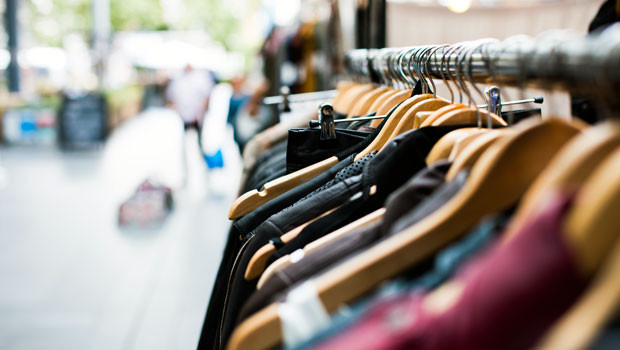Wet July weather sees retail sales fall by worse-than-expected 1.2%

UK retail sales fell 1.2% last month compared with June, as wet weather literally turned a key summer shopping month into a damp squib for businesses.
The slump followed a revised 0.6% rise in a record hot June which sparked a jump in food and furniture sales despite the cost of living crisis.
July food stores sales volumes fell by 2.6%, with supermarkets reporting that the wet weather reduced clothing sales, although food sales also fell back; retailers indicated that the increased cost of living and food prices continued to affect sales volumes, the Office for National Statistics said.
Economists had forecast a fall of 0.6%. On an annual basis, sales fell 3.2%, from -1.6% in June, also below the consensus of a 2.1% decline in growth.
Non-food stores sales volumes fell by 1.7%, following a rise of 0.6% in June 2023; retailers reported that the fall over the month was because of poor weather reducing footfall. Department stores and other shops selling household goods posted an even worse decline of 3.8% because of a fall in furniture and lighting products sales.
Economists at Pantheon Macroeconomics said the decline "is no more than a weather-related dip" as average temperatures swung from 2.7 degrees celsius above their 1970-to-2022 average for June to 0.2 degrees below in July. Rainfall also was 78% above its 1970-to-2022 average in July.
"Looking ahead, we continue to expect households’ real disposable income to rise briskly and to be about 2.0% higher in Q4 than a year ago. Month-to-month increases in wages will outpace price rises in Q3 and Q4, as energy prices fall back and the rate of increase in both food and core goods prices slows, in line with producer prices," said Pantheon's chief UK economist Samuel Tombs.
The ONS added that the weather had pushed consumers to online shopping. Combined with online discounts, it meant 27.4% of retail sales took place online last month, up from 26% in June.
Inflation, currently at 6.8%, continued to hit spending power. The amount spent was now 16% higher than before the Covid pandemic but the volume of goods being bought is 2% less than in February 2020.
Reporting by Frank Prenesti for Sharecast.com